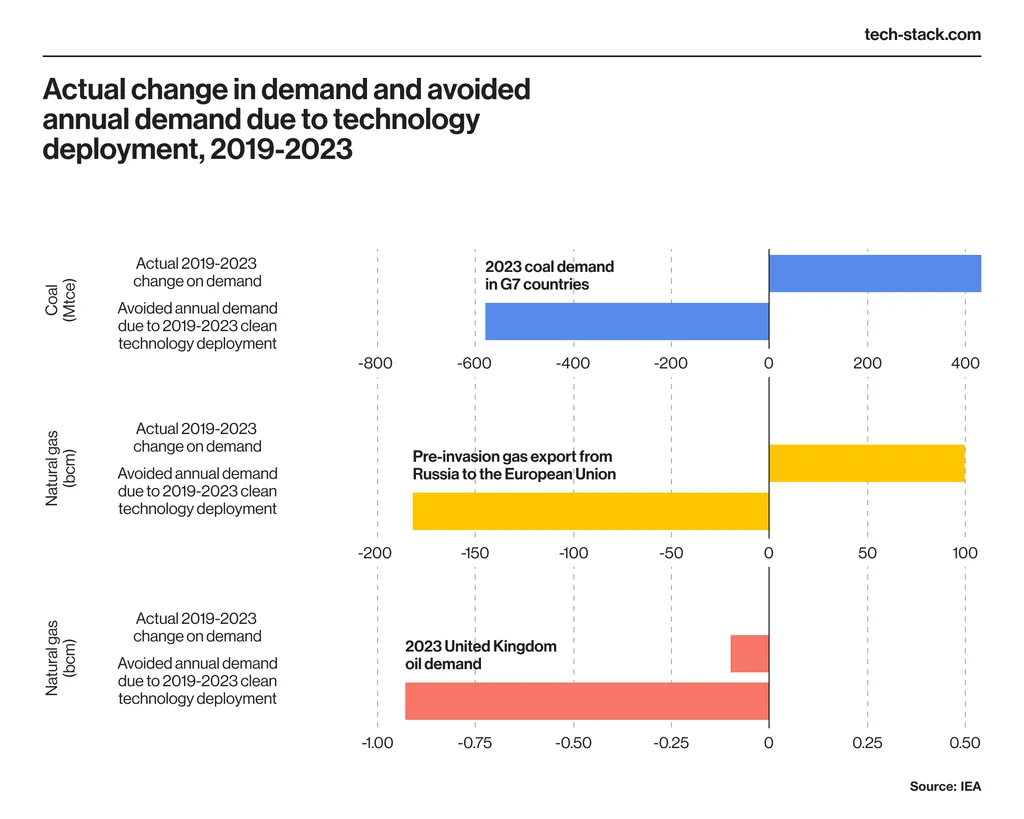In the relentless pursuit of sustainable energy, researchers have long grappled with the challenge of maximizing solar power output, especially when shadows cast by clouds, trees, or buildings threaten to dim the sun’s potential. Now, a groundbreaking study published in Energies, the English translation of the journal name, offers a promising solution: leveraging artificial intelligence (AI) to boost energy production in solar power plants operating under shading conditions.
At the heart of this innovation is Farhad Khosrojerdi, a researcher at Cando Green Construction Inc. in Aurora, Ontario. Khosrojerdi and his team have demonstrated how AI-based control systems can significantly enhance the energy output of photovoltaic (PV) arrays when shading occurs. “Shading is a major issue for solar power plants,” Khosrojerdi explains. “Even partial shading can drastically reduce energy production. Our research shows that AI can help mitigate these effects, making solar power a more reliable and sustainable energy source.”
The key to this breakthrough lies in maximum power point tracking (MPPT) control systems. These systems use metaheuristic and computer-based algorithms to optimize the performance of PV arrays, ensuring they operate at their maximum efficiency even when shaded. To illustrate the impact of these AI-driven MPPT systems, the researchers simulated the effect of shading on a PV module using MATLAB and compared power outputs in two scenarios: PV systems without a control system and those equipped with MPPT boards.
The results were striking. PV systems using MPPT technology generated significantly more monthly energy compared to those without. This finding was further validated using the System Advisor Model (SAM) to calculate the monthly energy output of a case study. The implications for the energy sector are profound. As Khosrojerdi notes, “By integrating AI into solar power plants, we can increase energy production, reduce reliance on fossil fuels, and contribute to the United Nations’ Sustainable Development Goals (SDGs).”
The commercial impact of this research could be transformative. Solar power plants equipped with AI-driven MPPT systems would not only produce more energy but also operate more efficiently, reducing maintenance costs and increasing profitability. This could make solar energy a more competitive option in the energy market, accelerating the transition to renewable energy sources.
Moreover, this research opens the door to further innovations in the field. As AI technology continues to evolve, so too will its applications in the energy sector. Future developments could see even more sophisticated control systems, capable of predicting and adapting to shading conditions in real-time, further enhancing energy production and efficiency.
The study, published in Energies, marks a significant step forward in the quest for sustainable energy. By harnessing the power of AI, researchers like Khosrojerdi are paving the way for a future where solar power is not just a viable alternative to fossil fuels, but a dominant force in the energy landscape. As the world continues to grapple with the challenges of climate change, innovations like these offer a beacon of hope, illuminating a path towards a more sustainable and energy-efficient future.

